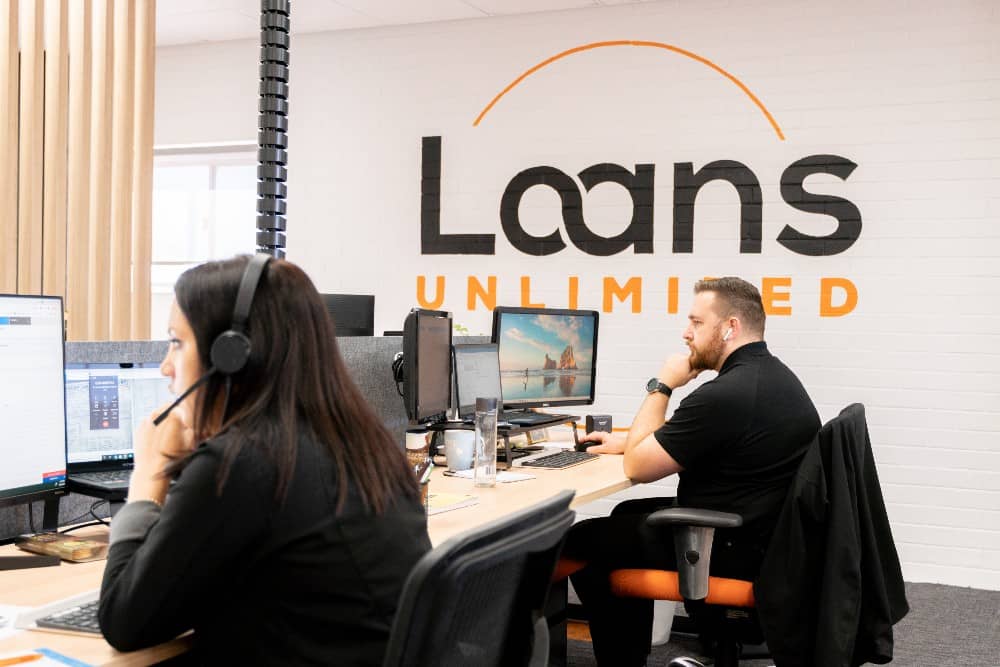How do you get a better deal on your car? The answer is not as complicated as you may think. The trick is to get a car loan. However, many buyers overlook this aspect and focus solely on looking for the vehicle they would like to purchase. And just like your next car, you should also shop around to find the best car loan before you even talk to a dealership. The same concept applies when you’re in the market for a used car. You want to spend less, but you do not wish to purchase a lemon.
Used Car Finance Guide
We’ve compiled the crucial steps to help make buying a used car with finance much easier. Here’s how you can get started:
-
- First, you need to set a budget.Before starting your car shopping experience, you should have an idea of the price you can afford. Unlike new cars, used cars are obviously less expensive. However, it does not mean they are within your budget and can pay for the entire amount upfront. Australia’s used car market has been in good shape, offering plenty of options to customers.
But due to the excellent performance, prices have gone through the roof. You need to specify your budget, so you head into the market knowing the exact amount you should not go over. This initial step helps you save a lot of time, making your search more efficient and straightforward.
- Don’t rush to a car dealership if you are unprepared.Most people love to go car shopping, especially if it’s your first car. Whether you plan to buy at a dealer, auction, or a private seller, you should never proceed to your destination ill-equipped. Once you start with the test drive, the car salesperson generally takes control. It’s important that you enjoy the way the vehicle feels and drives without relying too much on emotion.
And let’s face it: the drive-away cost of the vehicle is not its final price. The dealer can give you a better price if you know what you’re doing. Avoiding taking out dealer finance can save you at the end of the day. So, before you go to the dealership, how about shopping for car loans first?
- First, you need to set a budget.Before starting your car shopping experience, you should have an idea of the price you can afford. Unlike new cars, used cars are obviously less expensive. However, it does not mean they are within your budget and can pay for the entire amount upfront. Australia’s used car market has been in good shape, offering plenty of options to customers.

-
- Look for the right car finance that suits your needs.Today, it’s so easy to jump online and do some research on the types of loans available. You can find plenty of deals the next step is to pick up the phone or contact a loan broker. You will realise that each lender has a different set of rules. The documents required may even vary, so be sure to do your research to find the perfect lender and product for you.
Remember that talking to a lender does not require you to apply on the spot. You can give them a call to discuss their offers or obtain more information about their loan products.
- Get pre-approved on a car loan.It’s time to get pre-approval. Getting pre-approved on a car loan will allow you to have a clear budget before going to the dealership or car yard. But more importantly, you gain stronger negotiating power.
Getting preliminary approval saves a lot of time and heartache. This process is also known as conditional or preliminary approval, where you receive an offer from the lender. You will know precisely how much the lender is willing to let you borrow. Pre-approval, however, does not mean you are not fully approved. You are merely pre-qualified for a loan. Still, it is almost a 100% guarantee that your used car finance application will be accepted.
While we recommend that you talk to several lenders prior to committing, it’s not a good idea to get pre-approval on all of them. Choose only one lender to avoid hurting your credit score.
- Choose your car.With a set budget in mind, you can narrow your choices to used cars within your price range. Remember, though, that you’re shopping for a second-hand vehicle. Don’t expect it to be as good as a new, unused car. However, it does not mean you should settle for cheap lemons. It’s vital you perform all the necessary checks to ensure the vehicle is roadworthy.
Inspect the vehicle thoroughly. If possible, have a knowledgeable person look at the car before you buy, paying close attention to the following areas:
- Body and paint should be free from mismatched or misaligned panels, ripples, rust, and crash repairs.
- Doors and the boot should close firmly and easily.
- Get the Vehicle Identification Number (VIN) and ensure that it matches the number on the registration papers. The VIN is usually on the windscreen base or at the back of the engine compartment. You’ll see it on a small silver plate, which also tells you the build and compliance dates of the car. Check that they match what’s on the documents, too.
- Enquire about the service book for the engine oil. You will find out whether or not the car has been serviced diligently at regular intervals. While you’re at it, check the dipstick, as well. It should show you honey-coloured oil, which confirms the car’s regular servicing.
- The engine should run smoothly whilst you drive and should be quiet when on idle.
- You should also inspect the colour of the smoke, making sure it’s not black, white, or blue; otherwise, those smoke colours signal an engine issue.
- Check the radiator coolant, too. It should be clean and bright red or green. Don’t remove the cap when the engine is hot, though.
- Tyres should be in good condition, including the spare. Ensure that they are of the same brand with no signs of uneven wear.
Inspect the warning lights, head and tail lights, reverse and park lights, and other equipment, such as air conditioning and fan. If you have someone who knows more about cars with you, they can help you assess the condition of the vehicle and whether or not it is worth buying.
Bear in mind that financiers will compare the cost of the vehicle against its market value. They base the calculation on an industry guide mainly because they don’t look at the mentioned factors against your Loan to Value Ratio (LVR).
So, if the LVR is high, the lender may see you as a high-risk borrower. It’s an indication that the lender may not be able to recover the money you borrowed if the vehicle is repossessed and sold. Because of the high-risk financing involved, you will be charged with a much higher interest rate.
- Determine the type of loan to get.Car loans are generally fixed-rate loans, which means that the interest rate will not change until the loan term ends. Most people choose this type of loan because of the certainty it offers when it comes to repayments.
But it’s also possible to find variable-rate loans for used cars. Unlike a fixed-rate loan, the interest can change, depending on the market and lender conditions. Read our blog post on fixed and variable rate loans to determine the better option for you. Some lenders also offer loans that let you make additional repayments without extra charges. It’s helpful if you’re looking to pay down your loan faster. You can also get financing that offers a redraw facility.
Don’t just choose a loan because it has the lowest interest rate. There may be hidden fees, such as penalties and additional repayment charges, that you should know about. Before you decide, talk to the lender and read the financing agreement thoroughly before signing.
- Look for the right car finance that suits your needs.Today, it’s so easy to jump online and do some research on the types of loans available. You can find plenty of deals the next step is to pick up the phone or contact a loan broker. You will realise that each lender has a different set of rules. The documents required may even vary, so be sure to do your research to find the perfect lender and product for you.

- Negotiate with the seller.Once you’re pre-qualified for a loan, you have a limited timeframe. Usually, you get 30 days to take full advantage of the loan. Since you know what you can afford, you can pick the car you want to purchase and negotiate with the seller. With your pre-approval, you have more negotiating power, so take advantage of it.
When talking to the seller about lowering the current price of the vehicle, you should try to perform an independent valuation. It helps you to estimate how much the car is worth. You can find websites and sources to determine the value of the second-hand car, providing details like model, age, and mileage. A preliminary inspection will also benefit you.
Now that you have an idea regarding the value of the vehicle, offer a price to the seller, rather than asking them to name it for you. Drive the negotiation process by giving a fair price and sticking to it. The seller can always say no, which means you should be prepared to walk away if they don’t like your offer. Don’t let it get you down, as there are so many other choices on the market. With your pre-approval, you can be confident that you can find the vehicle that meets your preferences and budget.
The Car Loan Process
After the seller accepts your offer, it’s time to start your car loan process. Before you begin, though, make sure that you are within the specified timeframe to get officially approved. If so, you can submit your application, providing all the necessary documentation. Once approved, your loan agreement will be sent to you. Sign the document, and the money will be transferred to the vendor, finally settling the purchase.
You can now arrange with the seller to take possession of the car. And that’s everything you need to know about used car finance. Of course, you should not forget about repaying your loan. Once settlement has been confirmed, you should allocate funds weekly or monthly, depending on the agreement, for paying the loan.
Are you ready to finance your next car? We’ve got you covered. Give Loans Unlimited a call so we can assist you in your journey.



